The Ministry of Defence has outlined how the UK is working to ensure its uncrewed and counter-drone systems are fully interoperable with NATO frameworks, standards and data-sharing protocols, according to recent parliamentary responses.
Responding to written questions from Edward Morello, Liberal Democrat MP for West Dorset, Defence Minister Al Carns said that “the Defence Uncrewed Design Authority (DUxDA) has delegated authority to fulfil the UK Head of Delegation role at NATO Joint Capability Groups for Uncrewed Systems.”
This role, he explained, provides the UK with influence within the NATO Standardisation Agreement (STANAG) process, shaping how future NATO standards for uncrewed systems are developed and implemented.
Carns added that the DUxDA “has also mapped out all the UK and NATO standards that are applicable to Uncrewed Systems and are developing recommendations that will identify and enforce specific standards applied to all Uncrewed Systems development moving forward.”
Alongside the work of the DUxDA, the UK has also contributed to the establishment of the NATO Joint Capability Group for Counter-Small Uncrewed Aerial Systems (C-sUAS), a forum intended to harmonise Allied approaches to drone defence. The group is focusing on establishing NATO-wide training programmes, ensuring common equipment standards and creating a shared lexicon for interoperability.
Carns confirmed that the UK has taken a leading role in supporting the technical foundations of these initiatives through the SAPIENT architecture, a modular open standard developed by the Ministry of Defence to link autonomous sensors and effectors.
“To support the integration of equipment across NATO nations, the UK has funded and developed SAPIENT, a common architecture standard that enables interoperability between autonomous sensors and effectors,” he stated, noting that it had already been used operationally, including during the NATO Summit in The Hague.


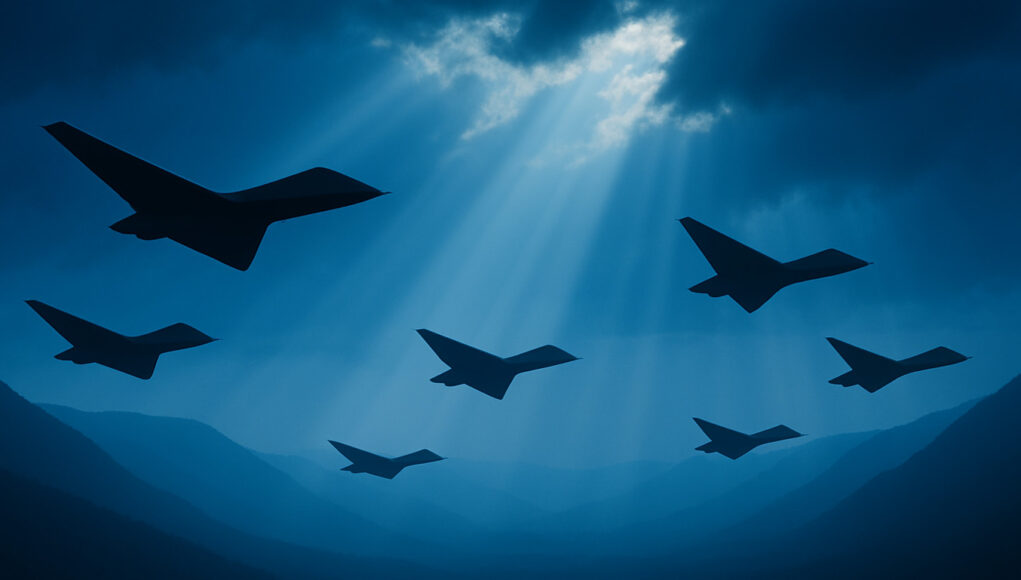
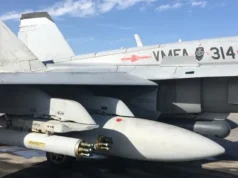

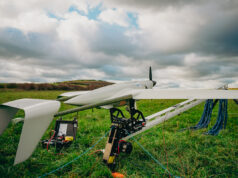
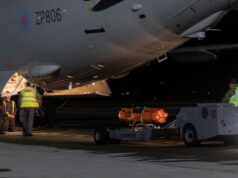
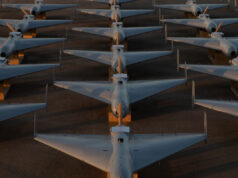
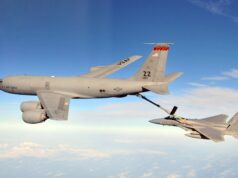
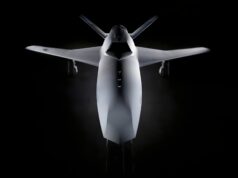

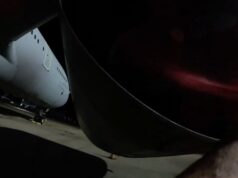
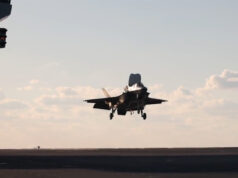

What drone defence do we have to align exactly?